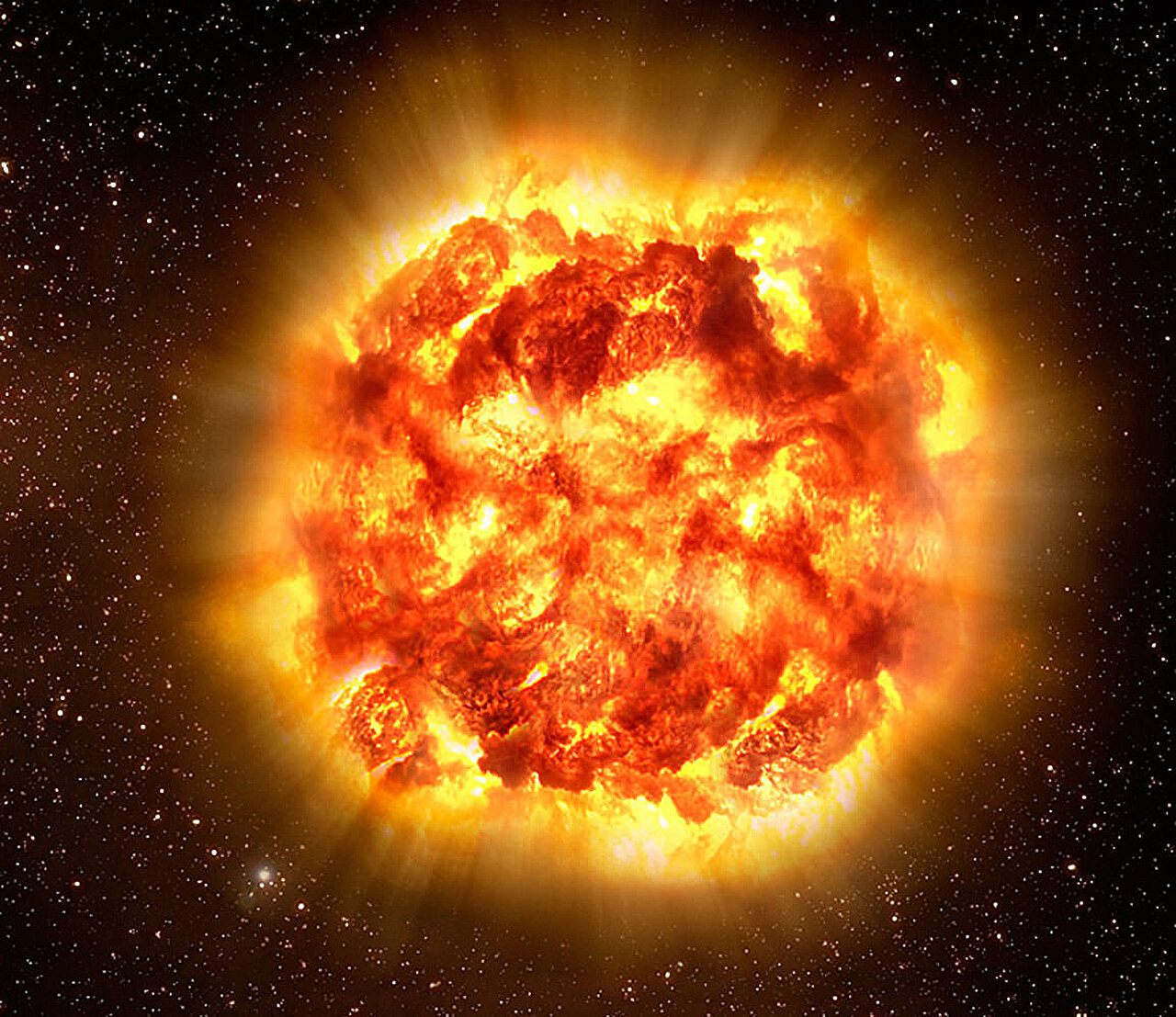A supernova explosion at a distance of several hundred light-years from us is dangerous not only by the brief appearance of a second Sun in the sky, but also by the destructive stream of ultraviolet radiation. However, scientists have found that our planet’s atmosphere is capable of protecting life on it.

Supernova explosion can destroy the Earth’s ozone layer
The Earth’s ozone layer is a thin film of gas with molecules made up of three oxygen atoms. Despite this, it is effective enough to trap up to 99% of ultraviolet radiation and protect us from powerful solar flares. In a new paper, scientists have investigated whether it could be harmed by nearby supernova explosions.
The ozone layer absorbs ultraviolet rays not without harming itself. High-energy rays break the molecules of this substance into individual oxygen atoms, which exist freely for a while and then come back together to form a protective shield.
However, a supernova explosion as far away as 100 parsecs (i.e., up to 326 light-years) has the potential to produce a much more powerful flux of ultraviolet radiation than any solar flare. So there is a fear that it will simply “break” the ozone layer, prevent it from recovering and life on our planet will simply die from the harsh radiation.
How often close supernovae explosions occur
According to the authors of the study supernovae explosions at distances up to 326 light-years occur quite often — about every million years. As the example, they cite the existence of the so-called Local Bubble — a region of space, within which the Earth and quite a few other neighboring luminaries are located.
Inside the bubble, the pressure of interstellar hydrogen is noticeably lower than outside the bubble. And scientists are convinced that supernovae that exploded near the Solar System within the last 10-20 million years are to blame.
In addition, the radioactive isotope iron-60 has been found in ocean sediments on Earth, which is formed specifically in supernova explosions and indicates that the last of these events occurred relatively close to us just 2 million years ago.
Can the Earth’s atmosphere withstand it?
The traditional view of the impact of a supernova explosion on the Earth’s atmosphere paints a truly catastrophic picture. It’s not just radiation. The charged particles will electrify the dust and thus increase the amount of dust in the atmosphere. They will also increase the number of crystallization centers. Because of this, there will be more clouds and global cooling will be observed.
However, a new study shows that this is not the case. Scientists have resorted to computer simulations of a situation where the Earth’s atmosphere is hit by a flux of cosmic ultraviolet radiation 100 times greater than that which it normally experiences. This is what a supernova explosion would look like from a distance of 326 light years.
Scientists have taken into account the complex dynamics of atmospheric circulation, and in general the picture does not look as terrible as it was thought. Ozone destruction by radiation in this case will only exceed the usual level by 10 percent. More of this gas will indeed be generated near the surface, but all of these effects were smaller than the things that anthropogenic impacts are causing now.
However, all of this is true for the modern atmosphere. But there was a long period in the Earth’s history when there was only 2 percent oxygen in the composition of its atmosphere. Perhaps then the consequences would have been more catastrophic? Scientists modeled this situation as well and concluded that even then ozone losses would not exceed 25%, an amount still less than what human economic activity causes.
That is, the Earth’s atmosphere could effectively keep it safe from all the problems that a supernova explosion would cause. At the same time, the scientists admitted that they only considered the overall effects on the biosphere and did not address individual human health issues. For example, the increased risk of cancer in these events persists.
According to phys.org


